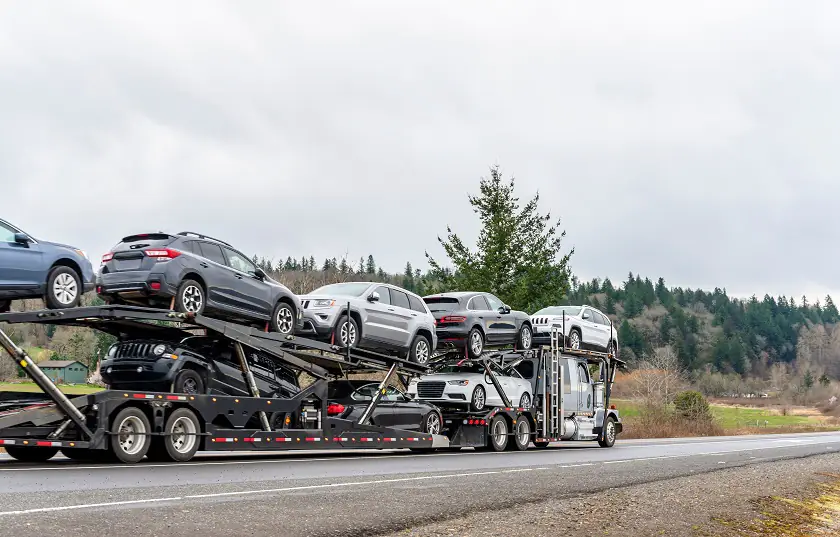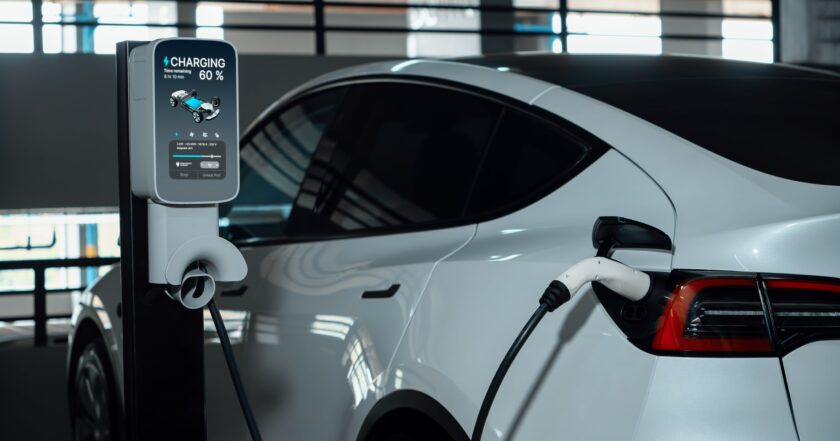As electric cars continue to gain popularity globally, the focus on charging infrastructure becomes paramount. Unlike traditional vehicles, electric cars rely on charging stations instead of gas stations. In this article, we’ll explore everything you need to know about electric vehicle charging.
Contrasting EV Charging with Traditional Fueling
Traditional fueling relies on widespread gas stations in terms of infrastructure, while EV charging stations are growing but still need to be more ubiquitous.
Cost-wise, electricity for EVs tends to be cheaper per mile, but initial EV purchase and home charging station installation costs can be higher.
Charging an EV typically takes longer than refueling a traditional vehicle, though advancements in fast-charging technology are reducing this gap.
While gasoline and diesel are readily available, finding a charging station can sometimes take time for EV owners. EVs produce zero tailpipe emissions, reducing air pollution and greenhouse gas emissions compared to traditional vehicles. EV maintenance is generally lower due to fewer moving parts and the absence of oil changes or exhaust system repairs.
Different types of EV charging
There are several types of electric vehicle (EV) charging, each with its speed and suitability for different situations:
Level 1 Charging:
This is the slowest type of charging and typically involves plugging your EV into a standard 120-volt household outlet. It’s mainly used for overnight charging and is suitable for EVs with smaller batteries or topping up during the day. Level 1 charging can add about 2–5 miles of range per hour.
Level 2 Charging:
This type of charging requires a 240-volt power source, similar to what you might use for a large appliance like a clothes dryer. Level 2 chargers are standard in residential garages, workplaces, and public charging stations. They provide faster charging than Level 1, adding about 10–60 miles of range per hour, depending on the EV and the charger’s power output.
DC Fast Charging (DCFC):
DC fast chargers are the quickest option available for EVs and are typically found at public charging stations along highways. They deliver high-voltage direct current (DC) to the vehicle’s battery, allowing rapid charging. Depending on factors like the EV’s battery capacity and charging rate, DC fast chargers can add around 60–80% of an EV’s range in 20–30 minutes.
Tesla Superchargers:
These are proprietary fast chargers specifically designed for Tesla vehicles. They provide high-power DC charging and are strategically located along major travel routes. Depending on the specific model and conditions, Tesla Superchargers can add up to 200–250 miles of range in about 15–30 minutes.
Wireless Charging:
Wireless charging, also known as inductive charging, allows EVs to charge without needing physical cables. It involves parking the vehicle over a wireless charging pad or plate, which transfers power to the EV’s battery through electromagnetic induction.
Wireless charging technology is still developing but will offer convenience and ease of use once widely implemented.
Public and private charging stations
Public and private electric vehicle charging stations play crucial roles in supporting the adoption and growth of electric vehicles (EVs). Here’s an overview of each:
Public Charging Stations
Public charging stations are essential infrastructure for electric vehicles (EVs), providing a convenient way for EV owners to recharge their vehicles while on the go. These stations can be found in various locations, including shopping centers, parking lots, rest areas along highways, and city streets.
They typically offer different charging levels, ranging from Level 1 (120 volts AC) to Level 3 (DC fast charging), with Level 2 (240 volts AC) being the most common.
The advantages of public charging stations
Accessibility: Public charging stations are typically available to anyone, providing convenient access for EV owners.
Infrastructure: They are part of the charging infrastructure network and are strategically located in urban areas, along highways, and in public parking lots.
Variety of Speeds: Public stations can offer different charging speeds, from slower Level 2 chargers to faster DC chargers, catering to various EV models and charging needs.
Payment Options: Many public stations accept different payment methods, such as credit cards, mobile apps, or subscription services.
Usage Monitoring: Operators of public charging networks often monitor usage data to ensure stations are operational and plan for future expansions based on demand.
Private Charging Stations
Private charging stations typically refer to electric vehicle (EV) charging stations installed at private residences or properties. These stations allow EV owners to charge their vehicles conveniently at home, providing flexibility and convenience in managing their charging needs.
Overall, private charging stations can provide EV owners with the convenience of charging at home, reducing the need to rely solely on public charging infrastructure and offering greater flexibility in managing their charging needs.
The advantages of private charging stations
Home Charging: Residences typically install private charging stations, enabling EV owners to conveniently charge their vehicles overnight.
Convenience: Charging your vehicle at home is convenient because it enables you to charge it while parked at home, eliminating the need to visit public stations or wait in line.
Cost Savings: Charging at home can be cheaper than public stations, especially if the electricity rates are lower during off-peak hours.
Customization: EV owners can customize their home charging setup, choose the charging speed and installation location, and even integrate renewable energy sources like solar panels.
Ownership Control: With private charging stations, owners have complete control over the charging process, ensuring privacy and security.
Both public and private charging stations are essential components of the EV ecosystem. They work together to provide convenient and accessible charging options for EV owners, thereby encouraging more people to switch to electric vehicles and reducing dependence on fossil fuels.
The frequently asked questions about EV charging
How long does it take to charge an electric vehicle?
Charging times vary depending on the charger type and the vehicle’s battery capacity. Generally, a full charge can take anywhere from 30 minutes to several hours.
How much does it cost to charge an electric vehicle?
The charging cost varies based on electricity rates, the vehicle’s battery capacity, and the charger type. On average, it’s cheaper than gasoline, but exact costs depend on these factors.
How do I find public charging stations?
Various apps and websites, such as PlugShare, ChargePoint, and EVgo, provide maps of public charging stations. Many EV manufacturers also offer navigation systems that display nearby charging stations.
Do electric vehicles come with charging cables?
Yes, most electric vehicles have a charging cable for standard home outlets (Level 1 charging). However, depending on the vehicle and charger type, you may need to purchase a separate cable for Level 2 charging or DC fast charging.
Is it safe to charge my electric vehicle in the rain?
Yes, it is safe to charge your electric vehicle in the rain. EV charging equipment is weatherproof and designed to meet safety standards.
Can I charge my electric vehicle with solar panels?
Yes, you can charge your electric vehicle using solar panels. This setup is often called “solar charging” or “solar EV charging.”
Can I overcharge my electric vehicle’s battery?
No, modern electric vehicles are equipped with systems to prevent overcharging. Once the battery reaches total capacity, the charging process stops automatically.
Can I use a charging station from a different manufacturer than my electric vehicle?
Yes, most electric vehicles can use charging stations from different manufacturers, especially those that follow industry standards like CHAdeMO or CCS. However, it’s essential to check compatibility before use.










